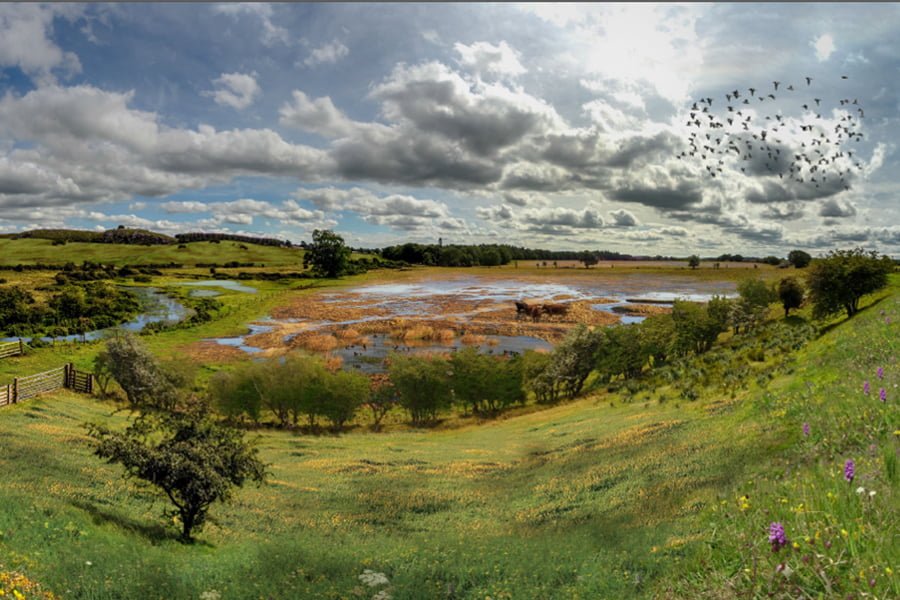
“We have a duty to look after places for everyone, for ever, and climate change is the biggest threat to them.”
Keith Jones
Climate Change Adviser, National Trust
Climate change is the biggest threat to all the spectacular landscapes and historic properties National Trust cares for and the special places we love to visit. To fight back against devastating, flooding and destructive weather conditions the National Trust is taking huge steps to adapt. Just one example of this is the work being carried out on their Wallington Estate in Northumberland.
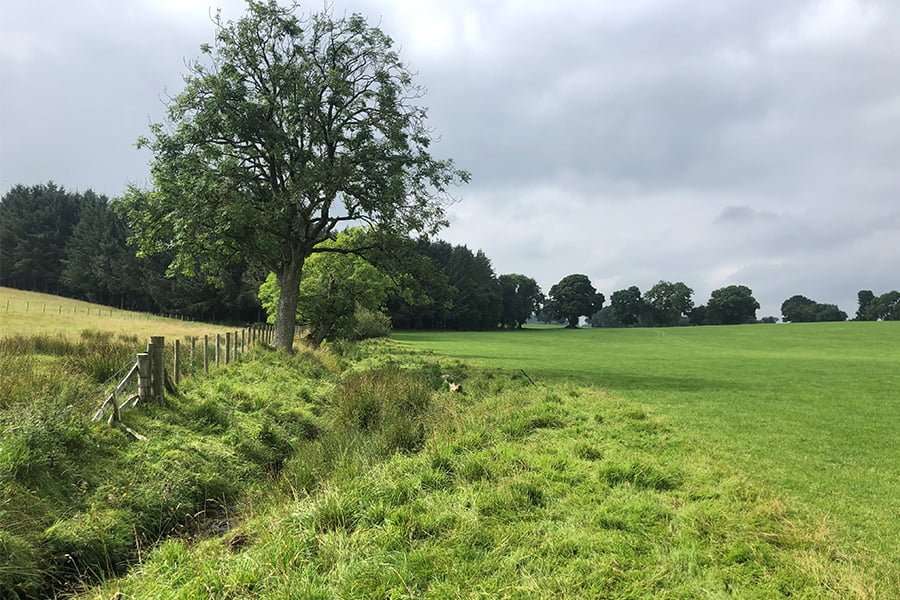
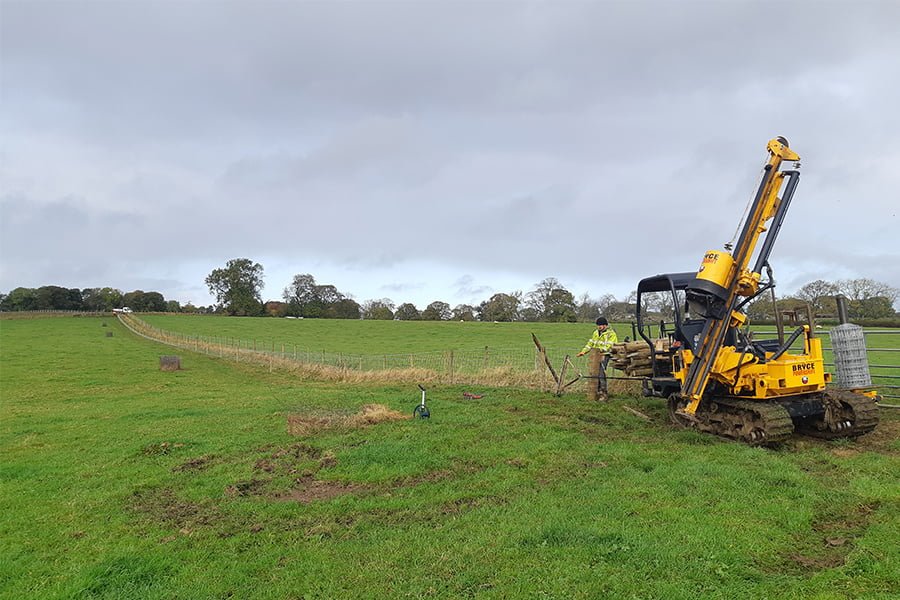
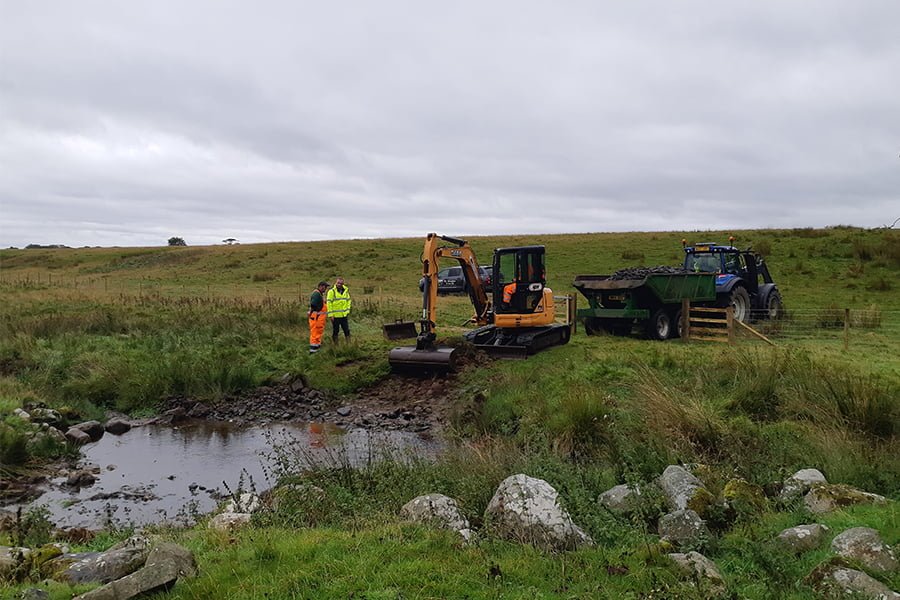
Through its role as Countryside Clerk of Works, TEP’s Landscape Management team is helping oversee the final stages of a major nature recovery project across the Estate. The project has included some 21km of fencing installed across four farms in preparation for extensive tree and hedgerow planting, as well as ford and culvert crossings across small burns to protect the Hart Burn corridor from livestock poaching. On completion, these works will provide a basis for riparian habitat regeneration, which will, in turn, contribute to the natural flood management within the Wansbeck catchment and further build on climate change resilience and mitigation across the National Trust’s Wallington Estate.
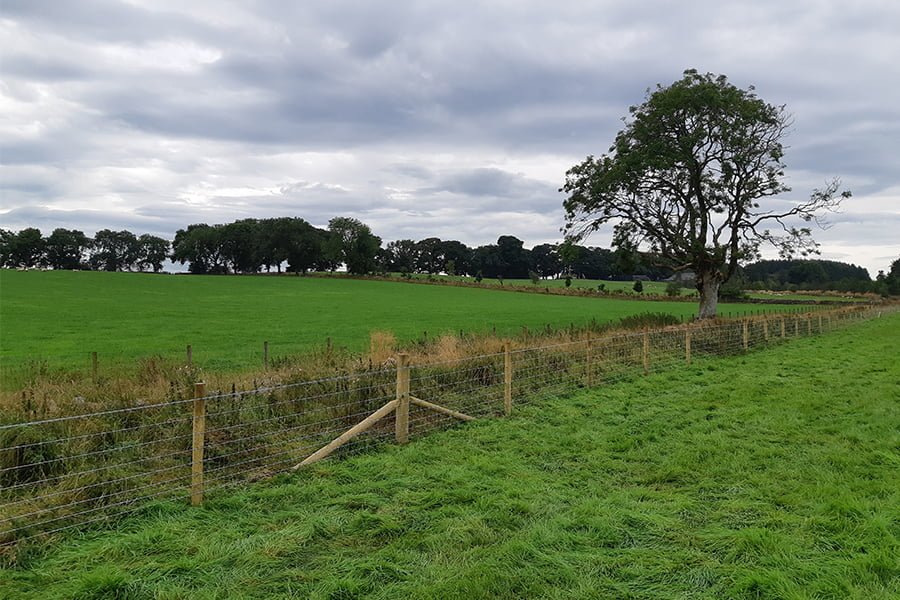
TEP’s Landscape Managers have worked closely with the appointed contractors, farm tenants and the client to achieve this ambitious project on time and in preparation for the current planting phase. Over the winter months, TEP will be overseeing the delivery and planting of 75,000 new trees to enhance the existing woodland across the estate and to create 11km of new hedgerow corridor. This intervention and its long-term management will maximise opportunities for plants and animals, increase wildlife connectivity across the estate and beyond for a range of native species, whilst contributing to climate change adaption and resilience for the region.
In addition to our role as Countryside Clerk of Works, TEP’s ecologists have also been appointed to complete baseline habitat assessments of the existing riparian habitat corridors, prior to the tree and hedge planting. This information will enable National Trust to demonstrate the long-term benefits of the project and to monitor the success of the habitats as the new planting develops, maximising the habitats’ potential for wildlife, and the natural functioning of these spaces across the estate.








